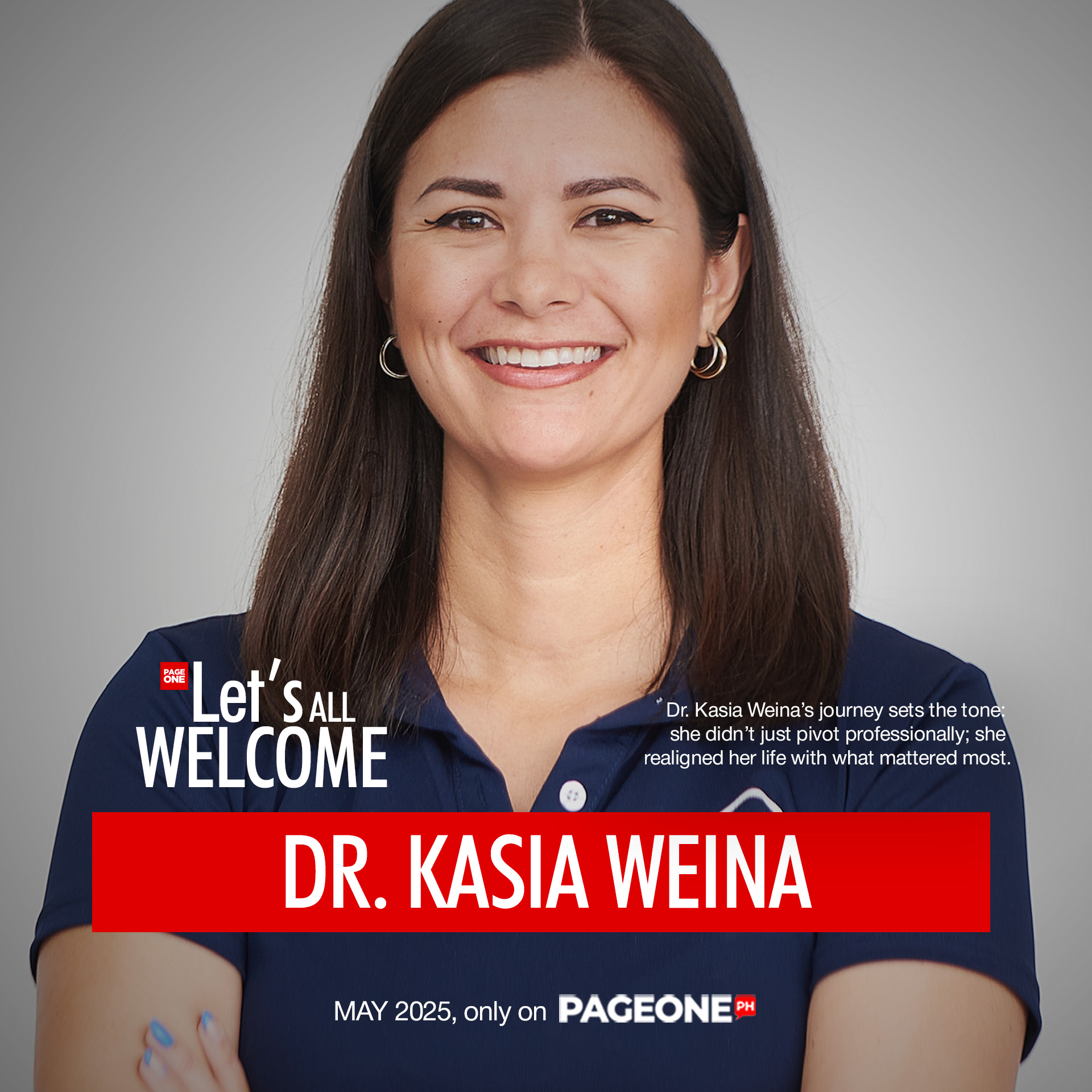The Commission on Higher Education (CHED) on Monday underscored the benefits of global rankings to boost world-class quality education in the country’s higher education institutions (HEIs).
In an interview with Radyo Pilipinas, CHED Chairperson J. Prospero de Vera III said these rankings enable HEIs to assess their performance on a year-on-year trend.
“Hindi ‘yan popularity contest, ‘yan e susukatin mo para alam mo kung ano ang pagagandahin at palalakasin mo sa iyong mga ginagawa (It’s not a popularity contest, you will measure [your performance] so that you’ll know what aspects to improve and strengthen),” he said.
De Vera cited a wide array of areas being measured for global ranking, including metrics considering the HEI’s programs, research, facilities, foreign student engagements, and the United Nations’ social development goals, among others.
With the international ranking agencies’ criteria, a Philippine HEI may apply and assess its global standing showing both performance recognition and opportunities for improvement, he said.
“Iyan ang role ng international ranking –pwede kang mag-benchmark, pwede kang magkumpara, pwede kang mag-negotiate sa mga university para meron kayong joint programs (That’s the role of international ranking, you may benchmark, you may compare, you may negotiate with other universities for joint programs),” de Vera said.
To date, the Philippines is considering metrics and rankings from the Quacquarelli Symonds (QS World, Asia, and Stars), Times Higher Education (The World, Asia, and Impact Rankings), and the World University Rankings for Innovation (WURI).
CHED internationalization efforts
The CHED cited how the figure of globally-ranked Philippine HEIs grew from 15 to 52 as of May 1.
De Vera recalled gathering interested HEIs last 2022 to encourage more application and engagement to pursue internationalization.
“Inimbita natin ‘yung mga ranking agency na magpunta sa Pilipinas at ipaliwanag sa mga interesadong eskwelahan ano ba itong ranking na ito? Ano ba ang sinusukat? (We invited the ranking agencies to come to the Philippines and explain to interested schools what these rankings are, what are being measured?),” he said.
The CHED aided various HEIs in drafting internationalization plans alongside its application to join the global rankings.
To improve HEI programs and attain high rankings, de Vera cited sponsoring HEIs with exposure opportunities through education missions.
“Dinadala natin ‘yung mga presidente ng mga pamantasan para tingnan at makipag-usap doon sa mga universities abroad (We are bringing university presidents for them to see and coordinate with the universities abroad),” he said.
Through these school visits, roundtable discussions with international university leaders were conducted.
De Vera said the batch of the interested HEIs last year garnered positive rankings.
He cited some universities with remarkable performance including the Visayas State University in Leyte, which has four to five stars in some criteria of the QS metrics; as well as the Samar State University, which ranked higher than European schools in a category using its climate change threat 3D modeling technology.
Both private and public universities are included in the 52 globally ranked HEIs, he added. (PNA)









